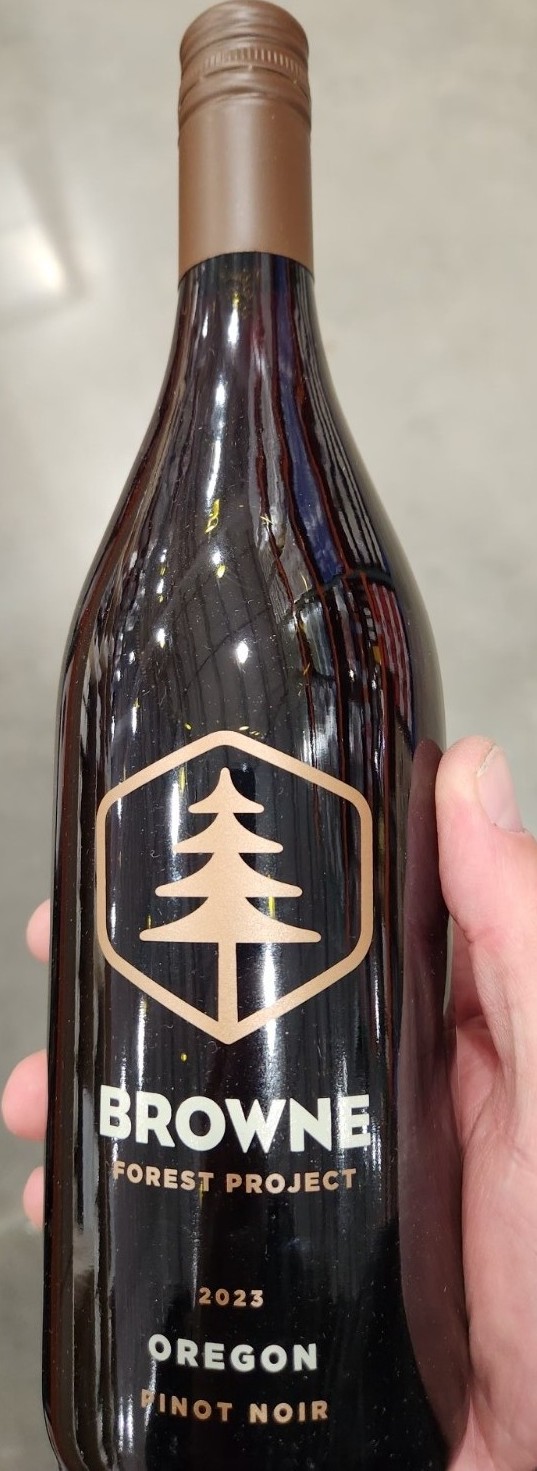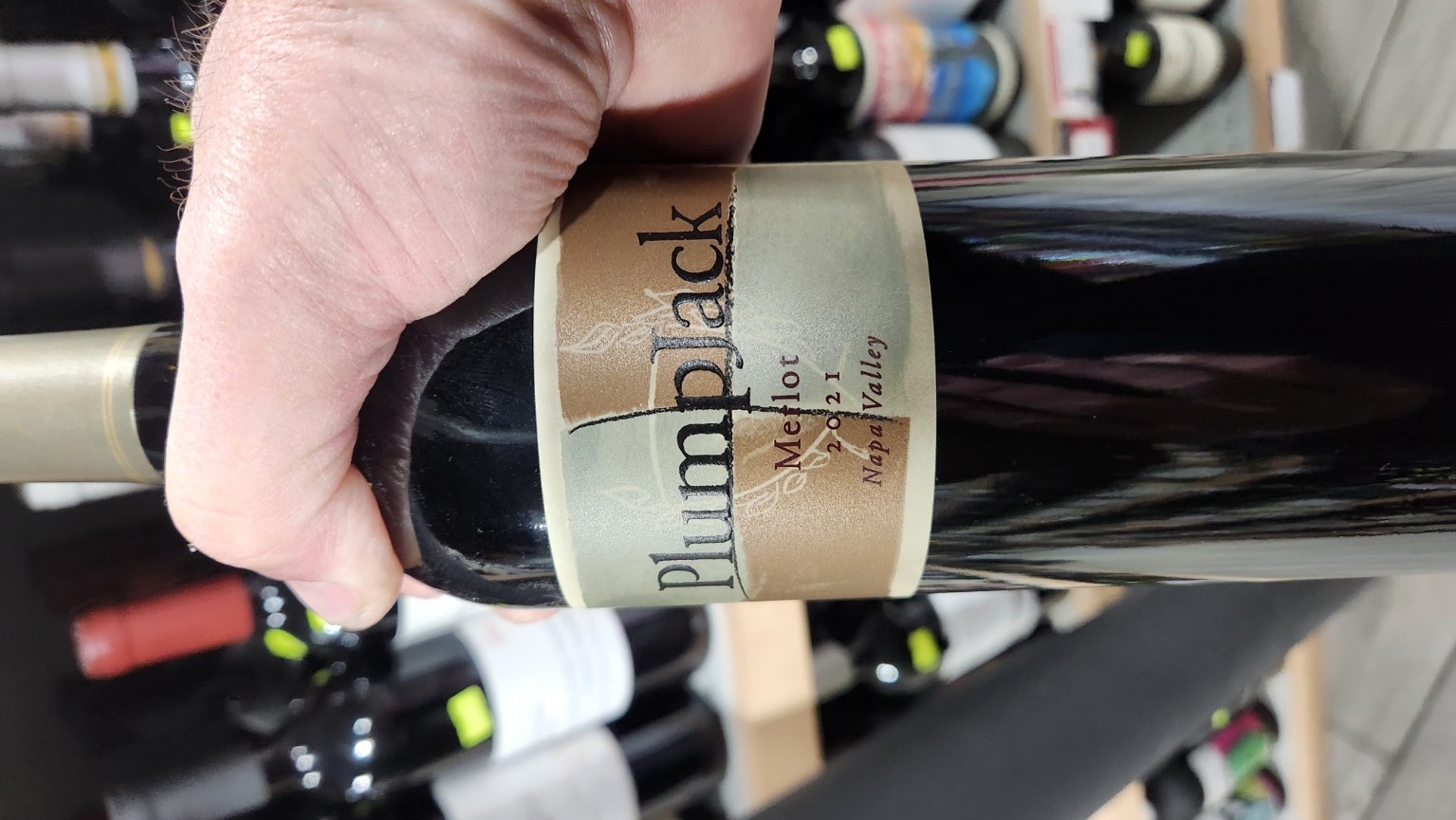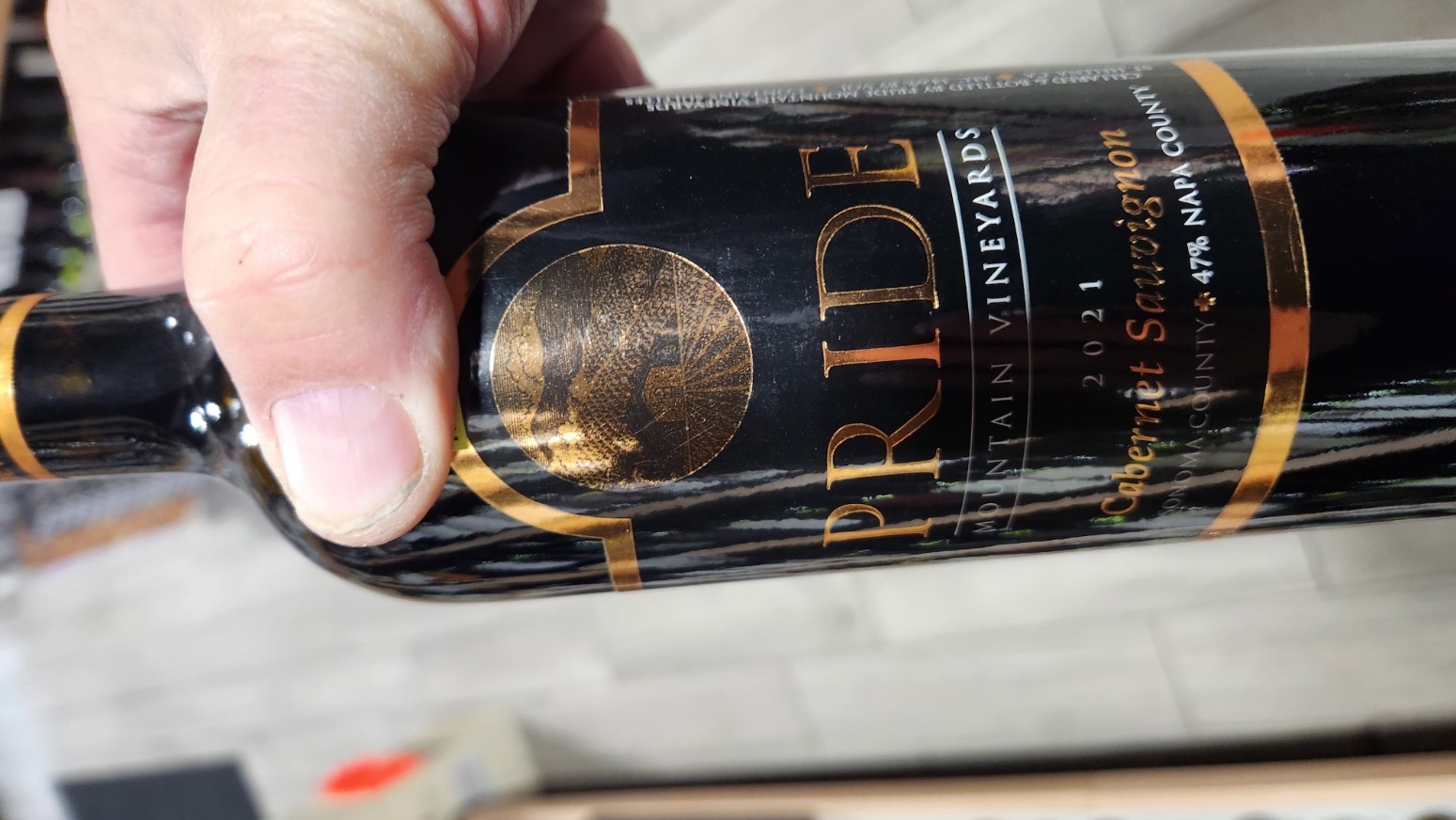I arrived in Napa Valley at dawn, the mist still clinging to the vines, thinking about that old trope: wine is ancient, handcrafted, soulful. But walking through some of these estates, I realized the story now includes circuits, algorithms, and digital eyes. Let me tell you about a few of the estates pushing the frontier—and what that might mean for all of us who just want a great glass.
At Château Montelena, the aura is historic: stone facades, landscaped gardens, and a reputation that helped put Napa on the map. But beneath that classic exterior, they’re beginning to layer on modern methods. The winery has started incorporating AI into how they monitor vine health, detect water stress, and optimize irrigation decisions. They use image-based analytics—think of smartphone or drone images of leaves and canopies—that feed into models assessing sunlight exposure, leaf orientation, moisture stress, and more. That data then drives tailored care: when to irrigate, when to trim, where to focus attention. One change they made was realigning vineyard rows slightly to reduce midday sun exposure based on AI-derived light and climate models—a small shift, but one that speaks to precision over brute force.
What I like about Montelena’s approach is how it honors terroir while adding caretaking. It doesn’t feel like machines are taking over—the goal seems to be protecting subtle variation, not erasing it.
Then there’s Palmaz, also in Napa, which leans fully into tech but with an artist’s hand. They built a system called FILCS (Fermentation Intelligence Logic Control System). Imagine fermenters wired up to sensors tracking temperature gradients, density shifts, even the speed of sound waves through the juice. FILCS watches for deviations and can intervene—within constraints—to keep fermentation profiles on target. But the people stay in control: winemakers decide when to override, when to trust the system.
One dramatic test came when wildfires forced staff to evacuate—the system kept fermentations in check, mimicking cooling behaviors it “learned” from past vintages, and helped prevent oxidation of valuable wine. In the vineyard, Palmaz also uses aerial imaging and sensor networks to measure vine stress and moisture at a granular level. The goal is to manage each vine or sub-block uniquely, instead of treating the vineyard as one uniform mass.
Palmaz’s narrative is powerful: tradition, yes—but safeguarded and refined by active data.
Cross the ocean to Coonawarra, Australia, and you’ll find Koonara Wines. What’s refreshing here is that tech is in service of ecological intention. Owner Dru Reschke uses AI platforms to analyze soil and leaf data to spot stress or disease before it becomes visible. By doing so, Koonara averages just a couple of sprays per year—far lower than many conventional vineyards. The AI gives early warnings, allowing gentle, targeted interventions rather than wholesale reactions. In effect, technology becomes an ally to organic, low-intervention viticulture.
Koonara shows that precision and restraint can coexist. It’s not about tech for tech’s sake—it’s about smarter harmony with what the vineyard needs.
Scale is another frontier. Trinchero Family Estates, with thousands of vineyard acres across California, uses GIS (geographic information systems) to treat its large holdings like many micro-blocks. They map every parcel, track yield models, run pest scouting, and use the data to guide harvest logistics, water use, and climate adaptation. What’s impressive is how they mesh big acreage with boutique care—data allows them to zoom in at the block level, make interventions, and preserve nuance.
Then there are names like Gamble Family Vineyards or Foley Family Farms that are less glamorous but no less intriguing. They illustrate how established agribusiness tech (soil sensors, irrigation control, remote monitoring) can slip into wine operations. In Foley’s case, sensor networks over thousands of acres help optimize irrigation remotely—a reminder that wine can borrow from broader agricultural tech without reinventing everything.










